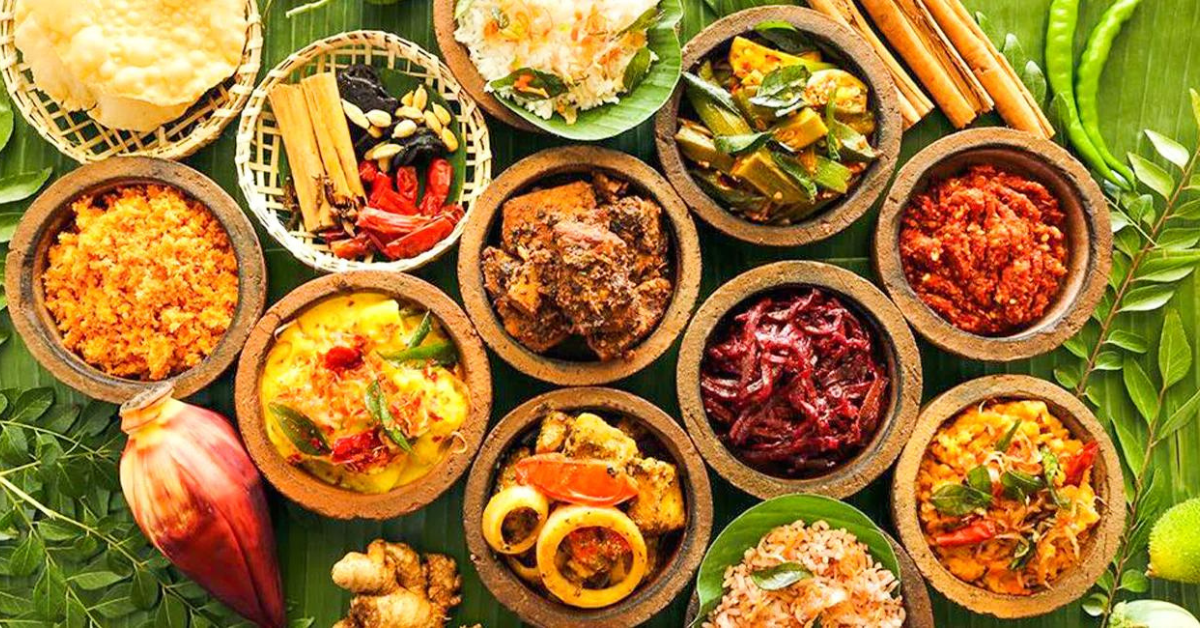
In the world of ancient grains, kurakkan, also known as finger millet (Eleusine coracana), stands out as a nutritional powerhouse. This humble grain, cultivated for thousands of years in Africa and Asia, has recently gained global attention for its exceptional health benefits and versatility. Often overshadowed by more popular grains like wheat and rice, it is making a comeback as a superfood, celebrated for its rich nutrient profile and adaptability to diverse culinary traditions.
Finger millet is believed to have originated in East Africa, particularly in the highlands of Ethiopia and Uganda, before spreading to India, Sri Lanka, and other parts of Asia. It thrives in arid and semi-arid regions, making it a resilient crop in the face of climate change. Its ability to grow in poor soil conditions with minimal water has earned it the nickname “poor man’s crop,” though its nutritional value is anything but poor.
In Sri Lanka, finger millet has been a staple for centuries, often ground into flour and used to make traditional dishes like roti, porridge, and sweet treats. In India, it is known as ragi and is a key ingredient in South Indian cuisine, used to make dosas, idlis, and porridge.
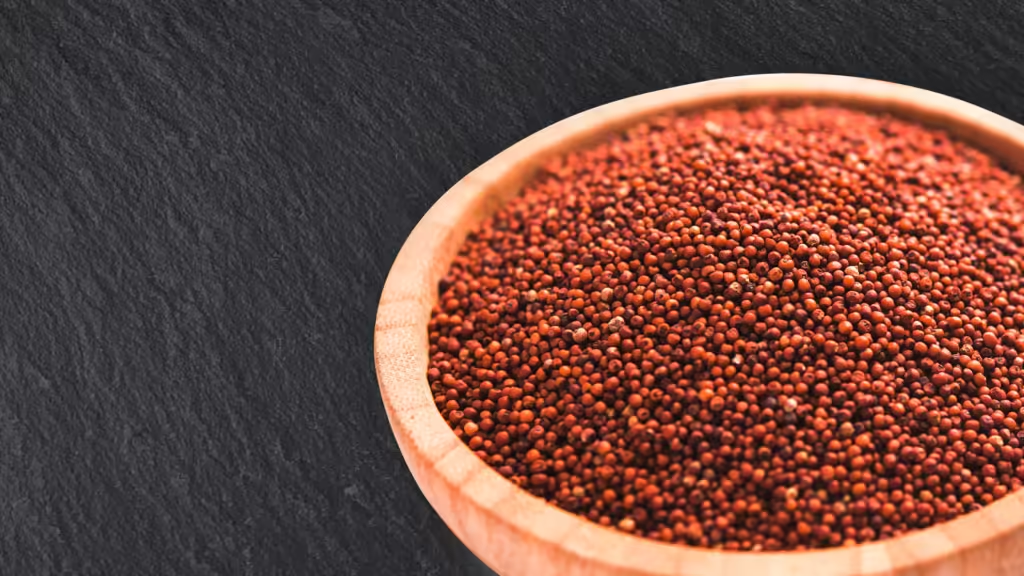
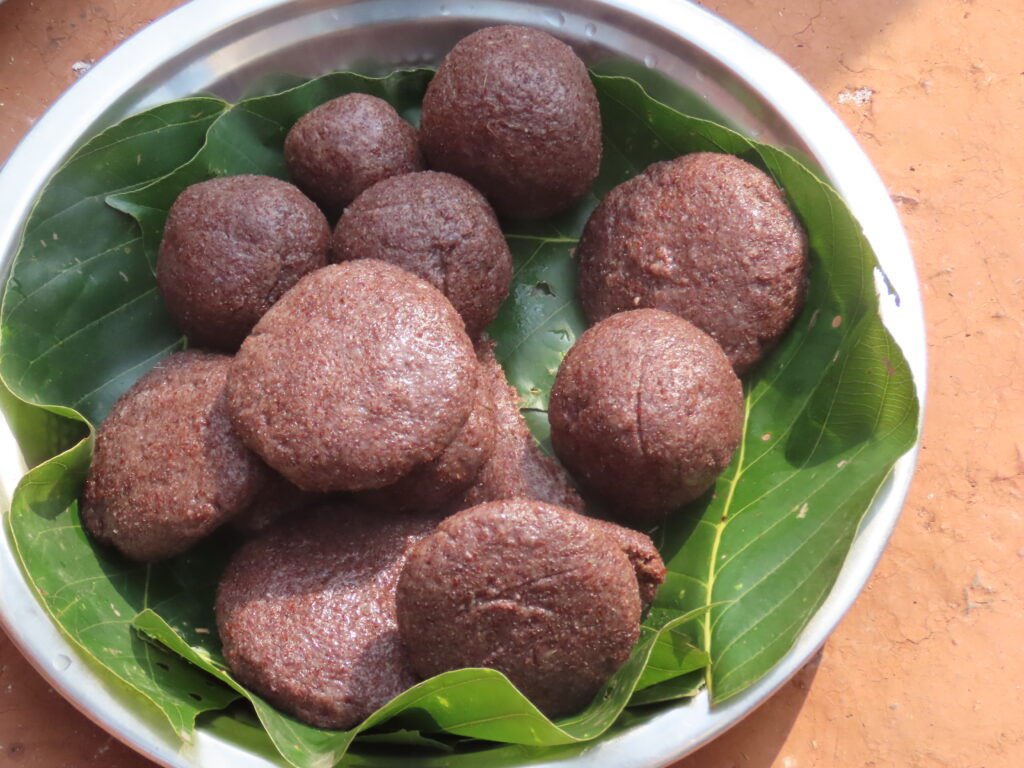
Finger millet is a nutrient-dense grain, packed with essential vitamins, minerals, and antioxidants. Here are some of its standout nutritional benefits:
The impressive nutritional profile of kurakkan translates into numerous health benefits:
Kurakkan’s versatility makes it a favorite in both traditional and modern kitchens. Here are some popular ways to incorporate it into your diet:
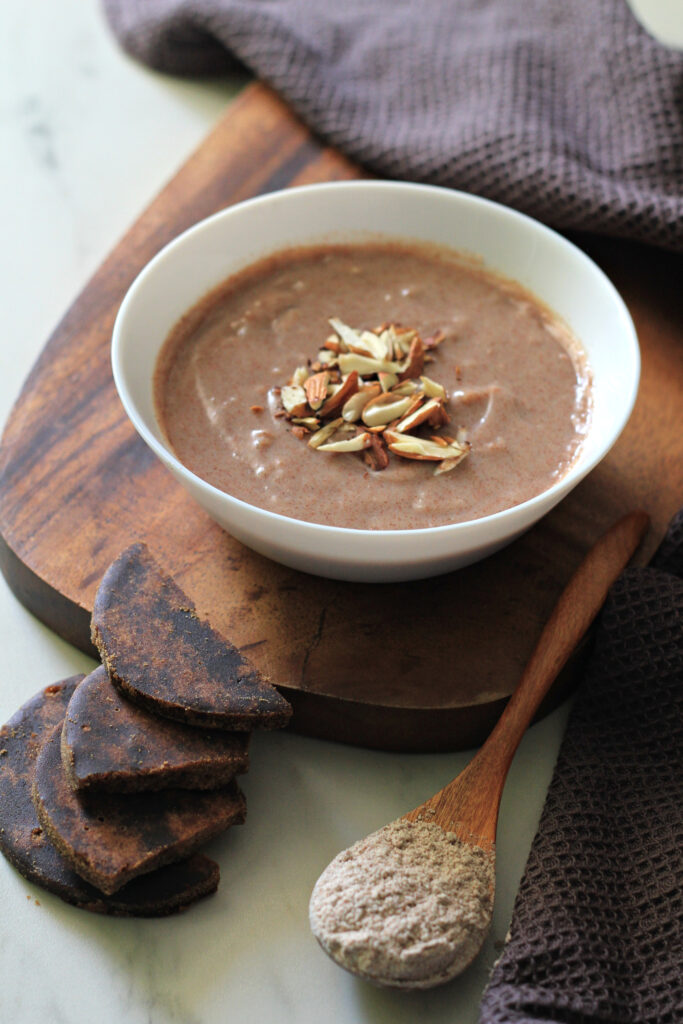
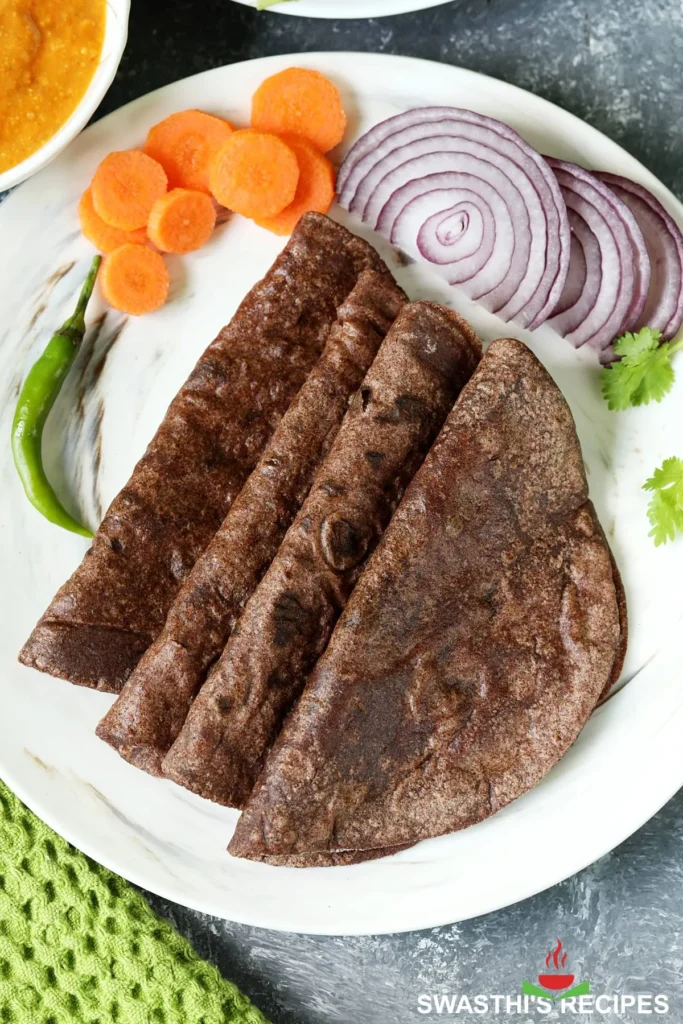
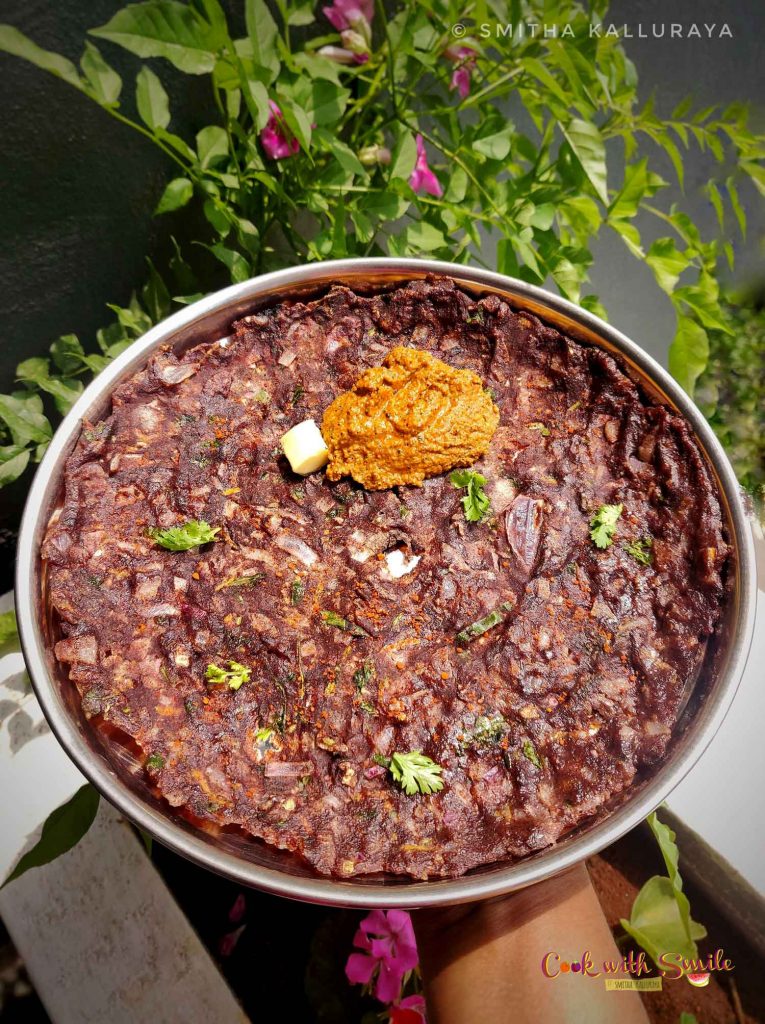
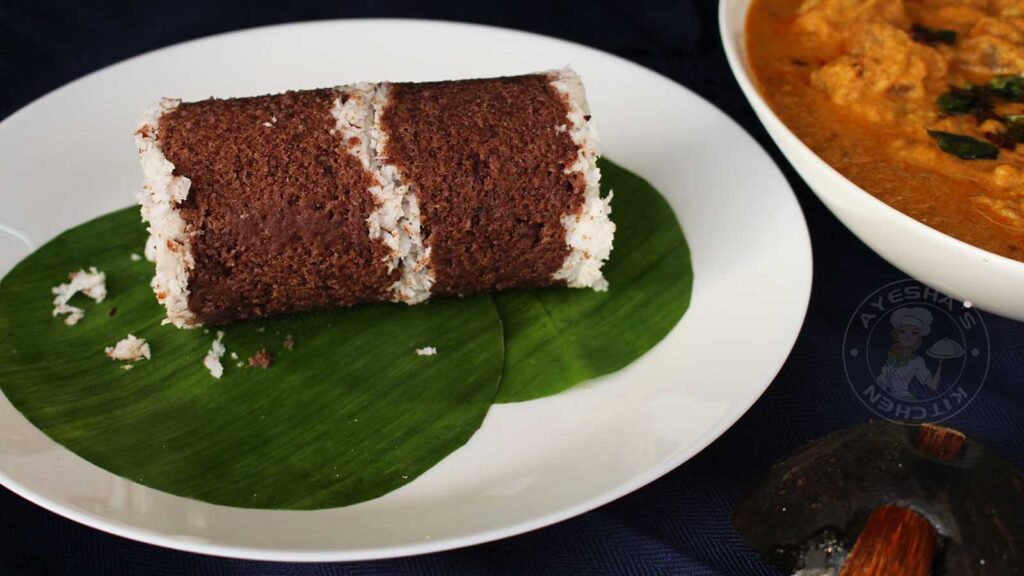
As the world grapples with food security and environmental challenges, finger millet’s resilience and low resource requirements make it a crop of the future. Its ability to thrive in harsh conditions and its minimal need for fertilizers or pesticides align with sustainable farming practices. Moreover, its nutritional benefits make it a valuable tool in combating malnutrition, particularly in developing countries.
Finger millet is more than just an ancient grain—it is a modern superfood with the potential to transform diets and improve health outcomes worldwide. Whether you’re looking to boost your nutrient intake, manage a health condition, or simply explore new culinary horizons, it is a grain worth incorporating into your diet. As awareness of its benefits grows, this underappreciated crop is poised to take its rightful place on the global stage as a staple of healthy, sustainable eating.

SatynMag empowers women with inspiring stories, expert advice, and uplifting content to fuel their strength and dreams
Welcome to Satynmag S Suite, online knowledge platform for career and personal growth. This is where you can empower yourself with cutting edge knowledge, latest know-how and grow.


